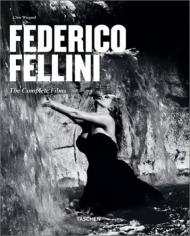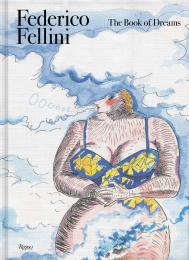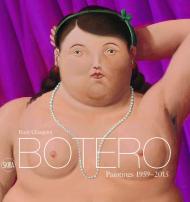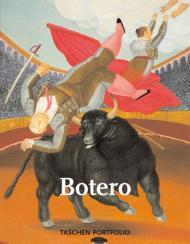Nineties Screen. The best movies of the 1990s
The 1990s saw a golden era of bona fide cinema classics. With four to 10 pages per film, this two-volume tribute is an opulent factbook packed full of photos and film stills, as well as cast/crew credits, film summaries, actor and director biographies, and budget and box office vital statistics.
It was a delicate and complex task that required a fair bit of soul-searching, but we did it: we took a complete list of all movies released in the 1990s around the world and whittled it down to just 144 of our very favorites. These are the movies that define the ’90s — a decade when independent cinema went mainstream while big-budget special effects kept Hollywood strongly in the game.
With four to ten pages for each film, this two-volume tribute is an opulent factbook packed full of photos and film stills, as well as cast/crew credits, film summaries, actor and director biographies, and budget and box office vital statistics. Guaranteed to bring you right back to the ’90s, you’ll find a hearty celebration of all the films you saw and plenty of reasons to see the ones you missed.
The editor:
Jürgen Müller holds the chair of Early Modern and Modern Art History at the Technical University of Dresden. He studied art history at the universities of Bochum, Münster, Pisa, Paris and Amsterdam, and has worked as an art critic and curated numerous exhibitions. He is also the editor for TASCHEN’s movies by decade series.














